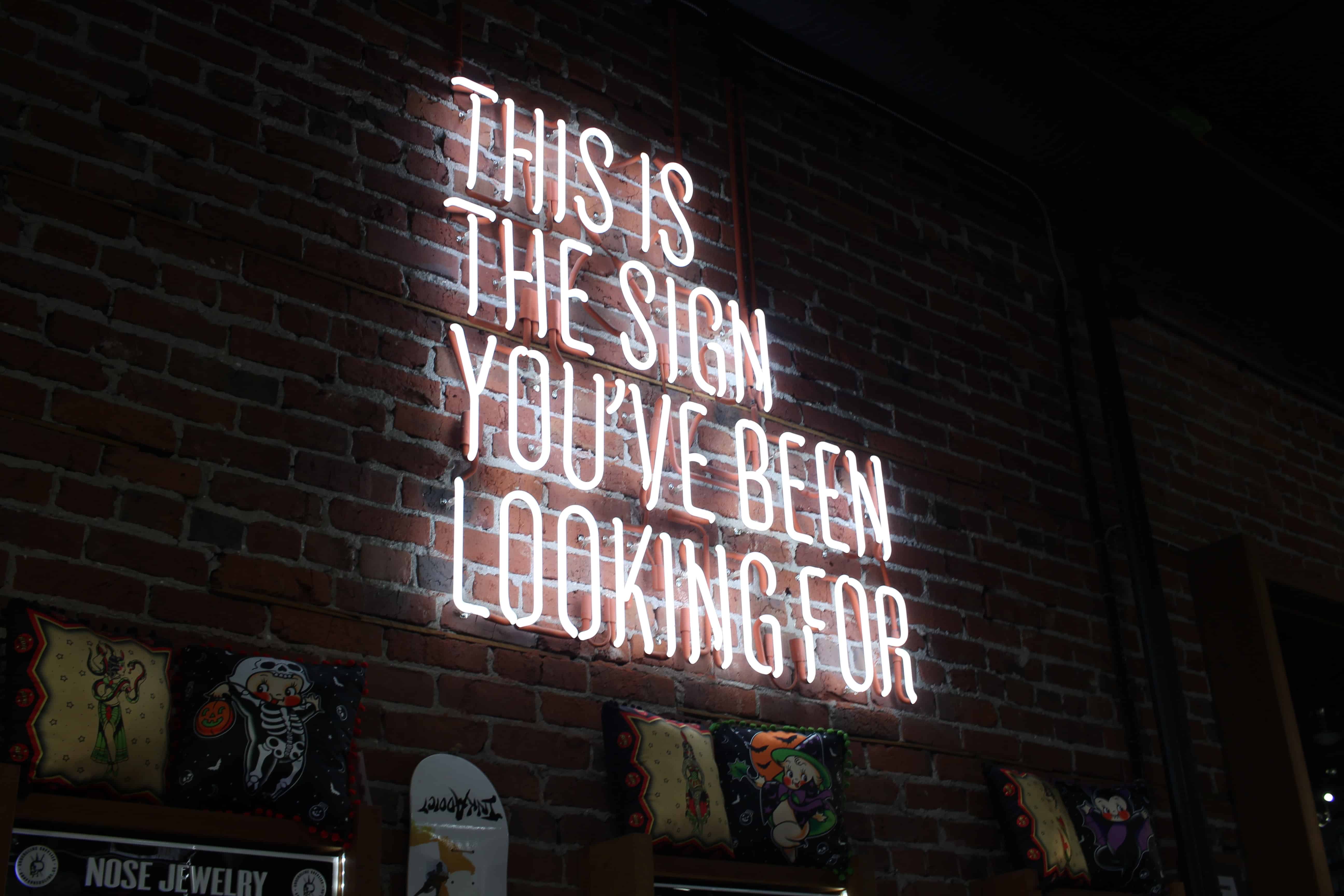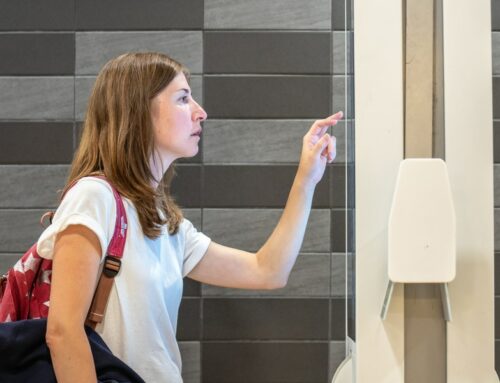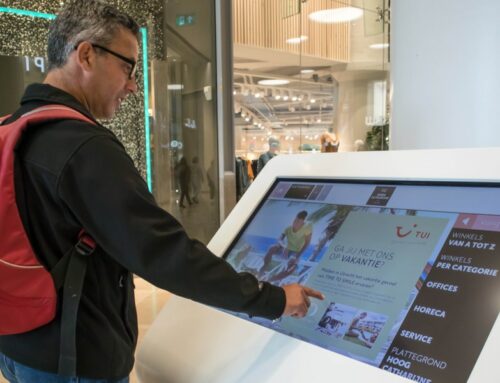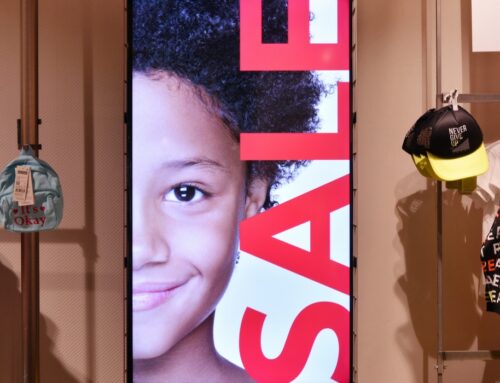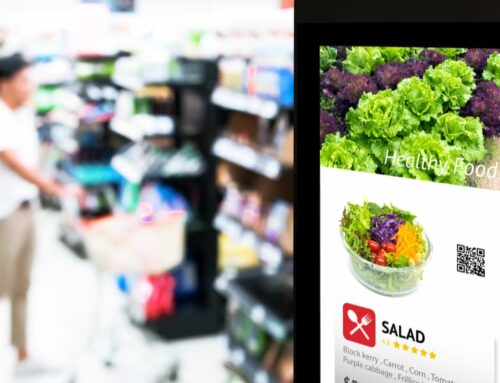Monday morning. You step into the office with your breath in your throat and throw a quick glance at the welcome board in the hall. Apparently, five colleagues are already in place. Three others work from home. There will be a hybrid meeting today. You take a cup of coffee in your hand and find the booked conference room. On the small screen at the door it says what time the room is booked and who will participate. You’re a little early so you’ll have time to fix the technicalities before it’s time to get started.
On the walls of the room hangs a row of TV screens. One shows graphics of the last month’s figures. The number of newly registered customers is still up. Another screen shows a video from the last conference trip. Inspiring presentations from exciting speakers are mixed with fun clips from mingling and dinners. On the third screen, interaction rolls from social media. When the meeting starts, the screens switch to showing the connected employees instead. They feel more present in the room when they are in life size. When the meeting is over and it’s time for lunch, click the menu page for the surrounding restaurants so that you and your colleagues on site can decide what to eat.
The number of digital signs we encounter in everyday life is probably more than we spontaneously imagine. Many associate digital billboards with big cities like London and New York and the huge screens that cover the facades of famous places. Advertising for millions of dollars that lights up the streets and blasts famous brands into the architecture. Once upon a time it may have been, but that time is over. Today, there are screens of all different sizes and uses. And there may be more.
One obstacle for companies to take on digital signage may be that it feels cumbersome and expensive to acquire systems that are limited in what they can be used for. Most digital signs available today are based on built-in technology that is linear and manual. Updates are cumbersome and require time and planning. If the sign is no longer in use, it is unusable for other purposes. Desquare’s founder Peter Brauner has worked with digital marketing for 20 years. He saw an opportunity to democratize the digital signage, by developing a software that is independent of hardware.
“Anyone who has a screen over should be able to communicate digitally in the physical space,” says Peter. It should be easy to get started and easy to use.
Since it is easy to connect the software to real-time systems, the content of the signs can be more useful than before. Having open interfaces to their data is becoming increasingly popular, which means that there are more and more opportunities for the public to use it and create up-to-date information. In combination with geopositioning, it is also possible to make the information even more relevant when it is possible to retrieve exactly what is needed here and now. With us at Desquare, it looks like the uses are endless. That’s why we’ve designed our Designage platform with the goal of letting our customers’ imagination be the only limitation.

